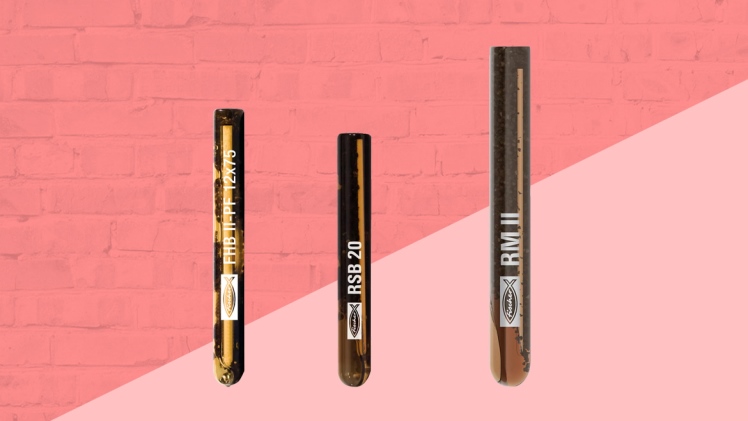The correct tool or eye bolts selection for the job can make a significant difference in efficiency and work quality. There are some tools whose proper selection and use have an impact on workplace safety in addition to making your task quicker and easier. These tools include eye bolts. However, some bolts come with a loop rather than a solid head at the end. They are used for various fastening purposes and are known as eye bolts.
Would you like to know more about Eye Bolts?Then read this full article to know more about it.
What are Eyebolts?
An eye bolt is one of the most often used pieces of hardware in material handling. It has a simple design that consists of a threaded shank with a ring/eye at one end. While an eye bolt’s other end is circular, its threaded end resembles that of a screws. In conventional devices, the bolt’s shank is centered below the circle’s midway. Special eye bolts can also be cranked or offset such that the side cranks are on the opposite side of the circle.
Types of Eye Bolts
There are four basic types of eye bolts, which come in different sizes and finishes.
-
Long Shank Eye Bolts
Long shank eye bolts come in a variety of sizes and usually have an anti-corrosive coating applied. These eye bolts, which are frequently constructed of stainless steel, have good levels of durability. They can be used for a variety of applications.
-
Collar Eye Bolts
These eye bolts have a big collar that fits between the eye and the screw thread. They are best suited for axial-loading applications when two or more lifting points are required. These eye bolts can be used for a variety of tasks, such as wire tensioning and the safe attachment of loads of various weights.
-
Marine Eye Bolts
For marine and industrial applications, a wide range of machine-threaded stainless steel eye bolts and ring bolts are available. These eye bolts provide the highest levels of corrosion resistance and are available in stainless steel and galvanized steel types.
-
Long Eye Bolts
These eye bolts have a particularly long shank. They are appropriate for a wide variety of uses, such as attaching support wires to wooden fence posts to support soft fruit and grapevines.
-
Lag Eye Bolts
Lag eye bolts are available in a range of heavy-duty materials, including zinc-plated steel. These eye bolts can be securely fastened to masonry or wood using wall plugs.
-
Large Screw Eye Bolts
Materials like stainless steel and steel with a zinc coating may be used to create these robust and long-lasting eye bolts. They come in a variety of lengths and can be attached to stone and wood.
Eye bolts versus eye screws
Lifting eyeballs are frequently made of eye screws and eye bolts. Steel lifting eyes with a threaded rod and screw thread are used. Eye bolts come in sizes ranging from M6 to M16. The M size indicates the thickness of the threaded rod segment for eyebolts and eye bolts with metric thread. As temporary lifting points, eye bolts are frequently utilized. After use, the temporary lifting points can be removed and utilized on the following task.
Conclusion
There are many different types of materials and finishes for eye bolts. Eye bolts made of plastic and rubber work well in specific situations. Although many eye bolts are made of carbon steel, they can rust or corrode with time as all steel products do. So make sure to use an eye bolt that is constructed of a durable substance for the environment it will be utilized in (eg corrosion, extreme weather conditions). When selecting eye bolts, you should also take the safe working load into account. The maximum weight that an eye bolt can support safely is referred to as the safe working load.

